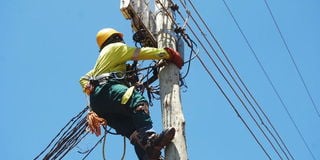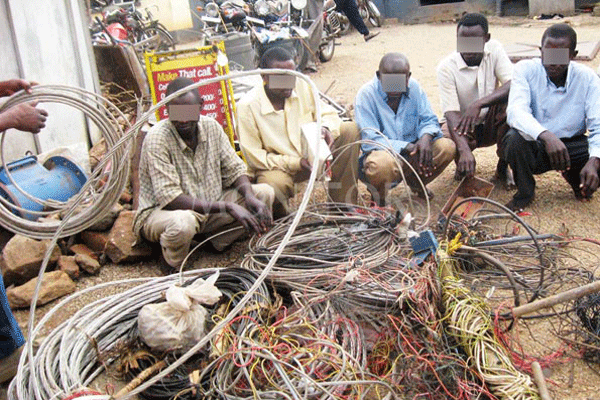What's being done to increase electricity access

What you need to know:
- Up to 900,000 will be benefit from EASP, which is projected to kick off in July/August 2022 and run until 2027
Reference is made to the Daily Monitor June 2 article titled ‘Only 1.7 million households are connected to electricity – ERA’.
Since the connection charges and the requirements like copies of identity cards and internal wiring on the applicants have been thrashed out as the main obstacles, this letter seeks to shed light on what is being done to increase access.
It is important to note the government requires US$65 million (Shs237 billion) annually to subsidise at least 45,000 one pole and 255,000 no pole connections, according to the Minster of Energy Ruth Nankabirwa.
And it has engaged many development partners over the matter.
As of March 31, 2022, the World Bank had committed US$568 million (Shs2 trillion) towards Uganda’s Electricity Access Scale-up Project (EASP).
Up to 900,000 will be benefit from EASP, which is projected to kick off in July/August 2022 and run until 2027.
Whilst it could take more than one month before draw-down, when it happens it will contribute to clearing the free Electricity Connections Policy (ECP) backlog – currently at 211,000 and cater for fresh ones.
It is in the interest of all the stakeholders that the backlog is cleared.
Were each of just the 211,000 domestic users to consume 30 units of power (kilowatt hours – kwh) per month at the current retail tariff, they would wipe off 75.9 million kwh (8.6 Mega Watts) of the ‘excess electricity’ in one year.
Once you add the commercial and industrial users, consumption would be even higher, thereby contributing to the Government’s efforts to increase the demand for power, reduce ‘surplus electricity’ and mitigate the deemed energy costs.
Still working with the pending cases, were each, once connected, to spend sh20,000 monthly on power, that would increase the electricity supply industry’s revenue by sh50.6 billion, money that could be deployed to either extend the grid or upgrade aged assets, among others.
Writing from the perspective of a distribution utility, clearing the backlog, effecting fresh ones, and at the same time persuading legitimate electricity users to fight power theft – since illegal connections contribute to voltage fluctuations and outages – would take a bite out of energy losses.
How so? It is probable that many of those who are not connected could be tempted to steal electricity, even at the risk of paying hefty fines, over three years in prison, and death from electrocution.
This could be inferred from the increase in power distribution losses from 15% in February 2020 to 17.3% in September 2020 after money was rechannelled from activities like subsidising connections to checking the spread of COVID-19.
To connect applicants, power distributor Umeme recruited up 700 technical officers over the years to support the Government’s programme to increase the proportion of the population accessing electricity.
Technical officers, among other roles, connect eligible applicants to the grid and to fix electrical faults.
To complement the ECP is has made capital investments – used its resources – to connect applicants to electricity.
The utility has also moved applications for connection online; any prospective customer with a smartphone, iPad, laptop or desktop and data can apply and pay the inspection fee from wherever he or she is.
Additionally, the utility has invested in a vending system with the bandwidth to handle the transactions of up to 3 million customers effortlessly.
To ready for connection, those who had constructed houses but were yet to do internal wiring should engage certified electricians to do their house cabling, ensuring it is safe.
Once connected, the customers should consider using power to generate income.
For instance, they could buy hair clippers and open barbers shops, acquire competitively priced refrigerators and chill drinks for customers.
They could also use it for tailoring, carpentry, milling, welding, among many others.
The author, Nelson Wesonga works for Umeme Ltd




